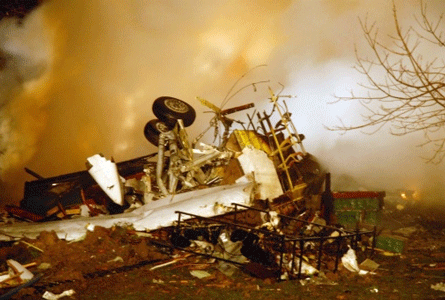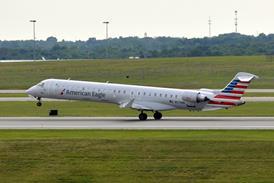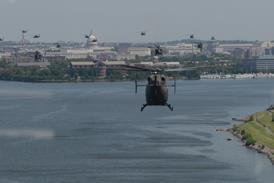GRAHAM WARWICK / WASHINGTON DC & JUSTIN WASTNAGE / LONDON
Proposals for business aviation airports to mirror measures in place commercially after 11 September attacks on USA
Authorities around the world have drawn up extensive recommendations for increased security at business aviation airports following the terrorist attacks in the USA on 11 September.
The European Business Aviation Association (EBAA) is to release a list of strict security guidelines this month that it would like to see implemented at European fixed base operations. The new proposals, which mirror those in place at commercial airports, include strict use of colour-coded identification tags for all employees, new security measures for parked aircraft and more thorough checks on non-diplomatic governmental traffic.
Fernand François, EBAA's chief executive, says although "obviously, everyone is being more vigilant", there have been no specific changes to business aviation security in Europe since the terrorist attacks.
The EBAA is also working with its US counterpart, the National Business Aviation Association (NBAA), to find a permanent solution to he US Federal Aviation Administration ban on foreign-registered business aircraft operating in US airspace, in place since 11 September. The FAA, working with the US National Security Council, has started issuing waivers, which apply to a single flight or itinerary, from which the operator cannot deviate.
The NBAA is also pressing the FAA to increase the number of safe countries, or "portals", US-registered business aircraft are required to fly through en route to their final destination from the current seven.
Within the USA, New York Kennedy and Washington Reagan National airports remain closed to private aircraft and only instrument flight rules operations are permitted in "enhanced Class B" airspace around Boston, New York and Washington DC.
In Israel, the transport ministry is working with the security services to evaluate general aviation security. Ephraim Sne, Israel's transport minister, says measures include the possible immobilising of aircraft at airfields, precise flight paths for all aircraft and increased restricted zones over densely populated areas.
Source: Flight International























